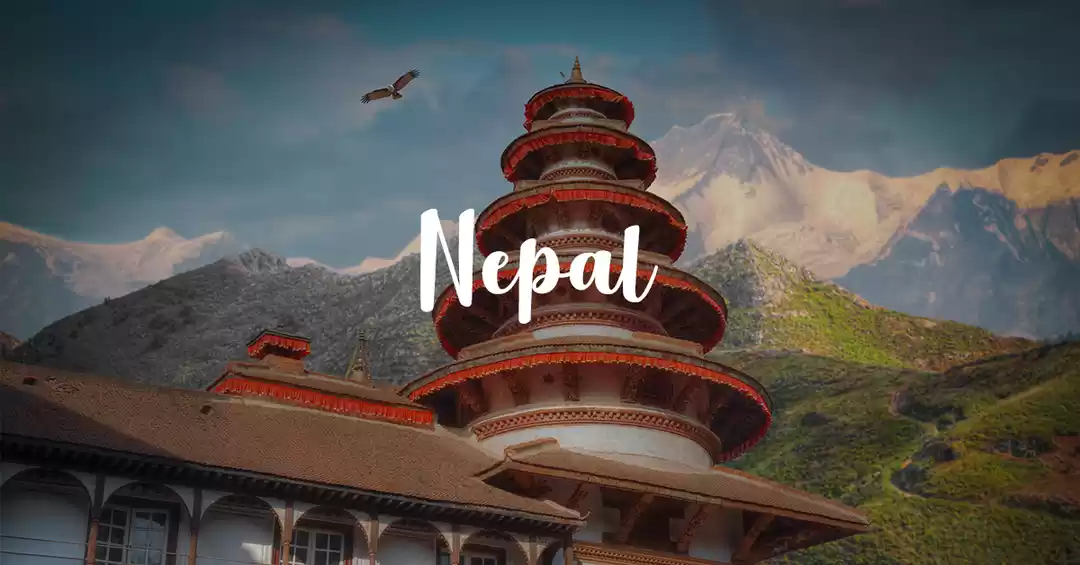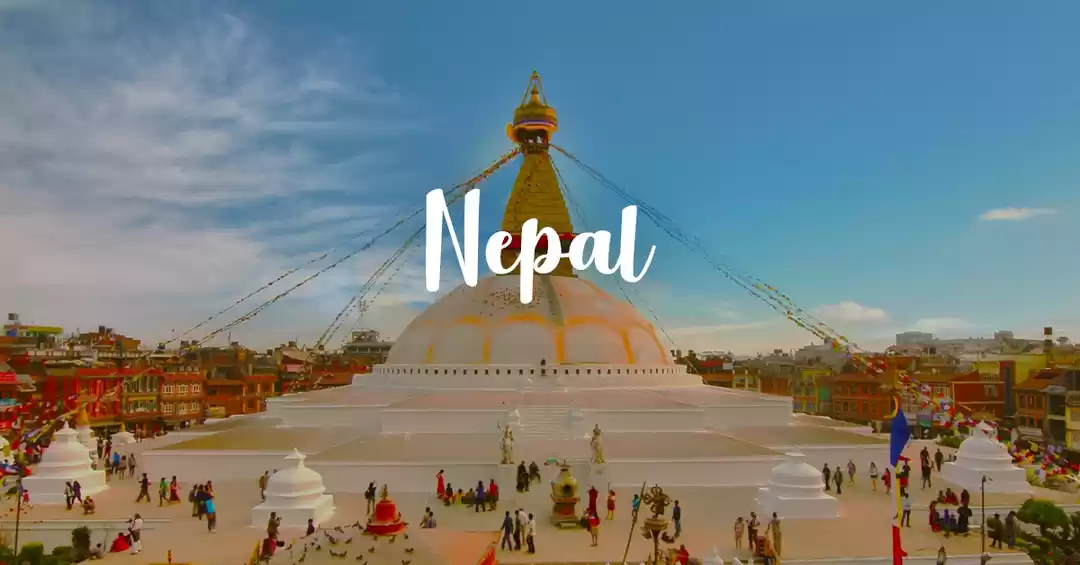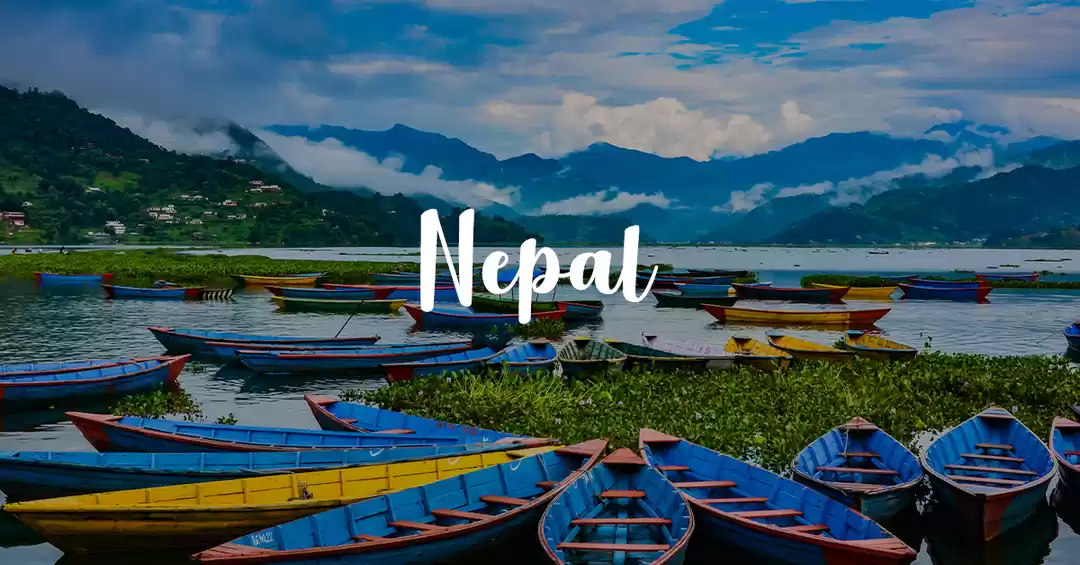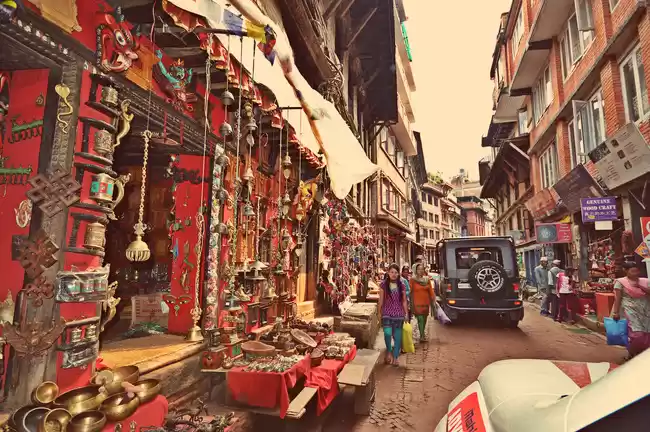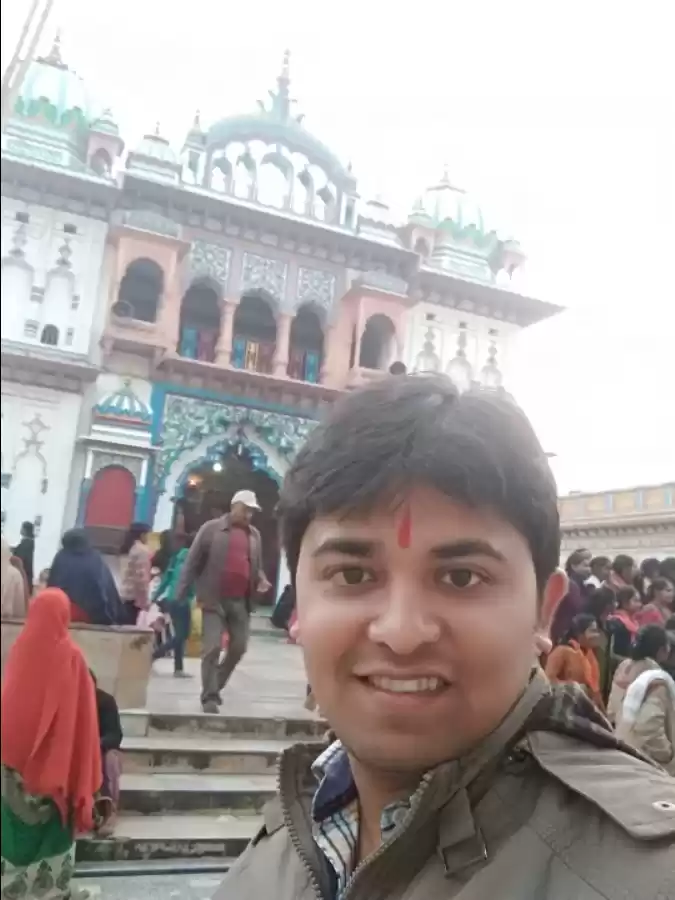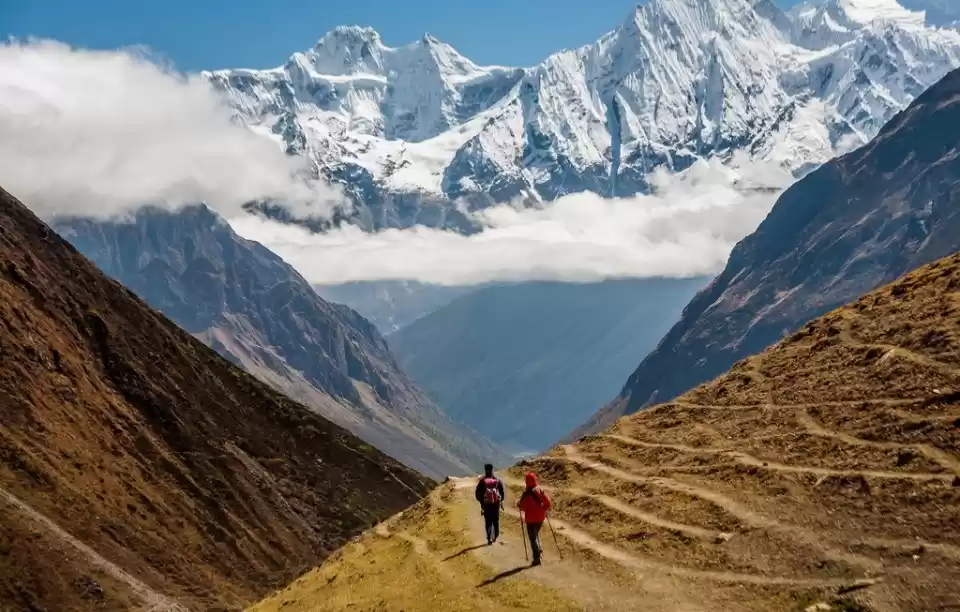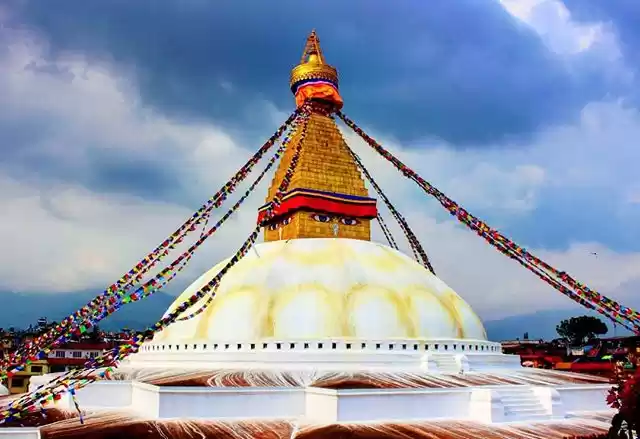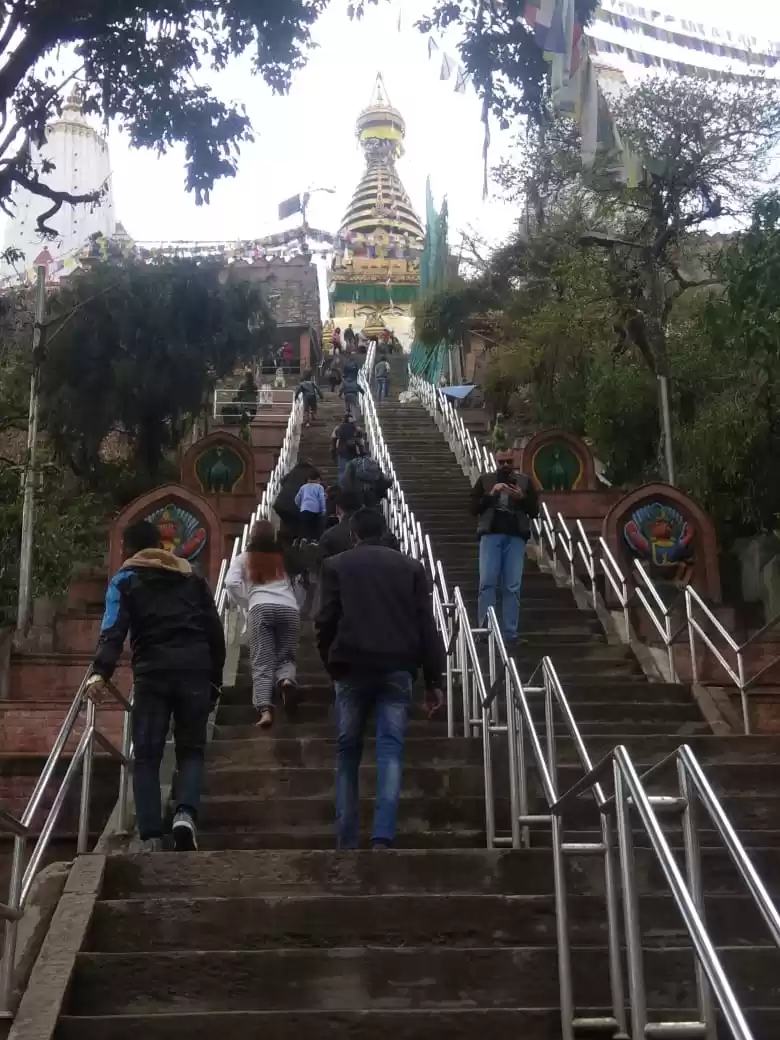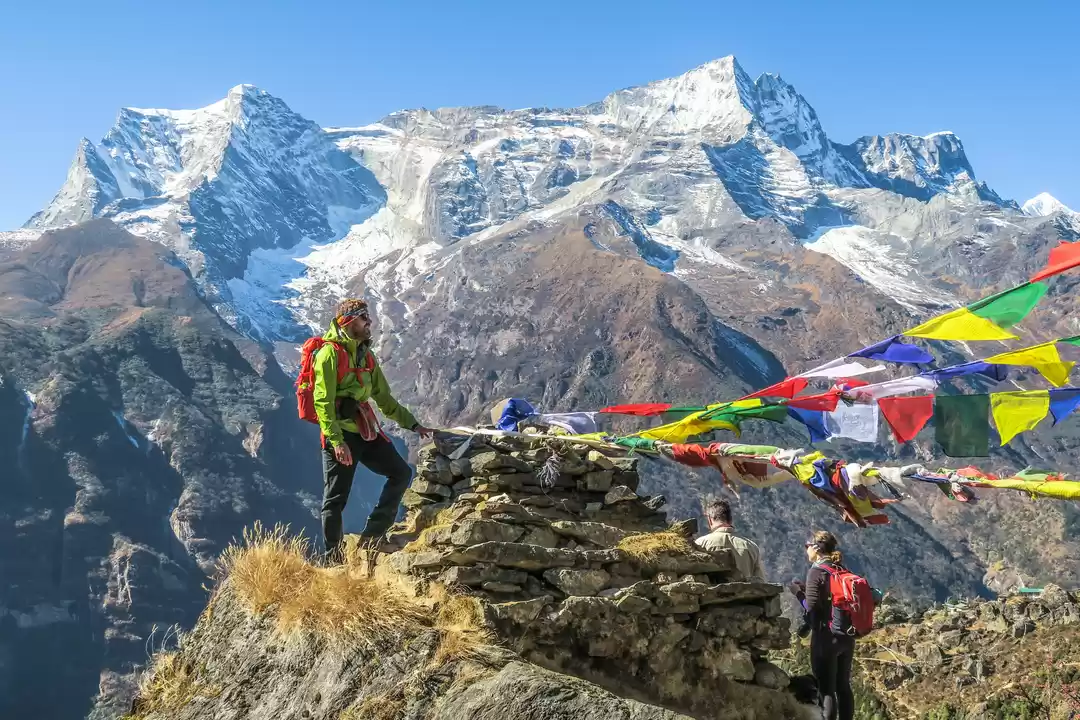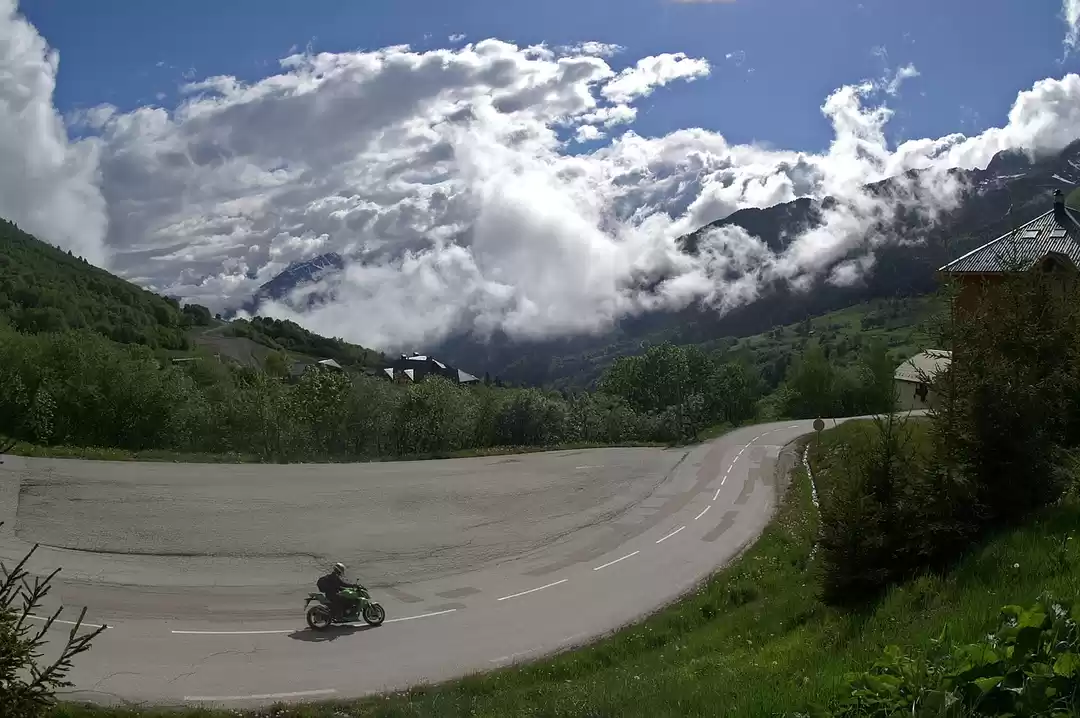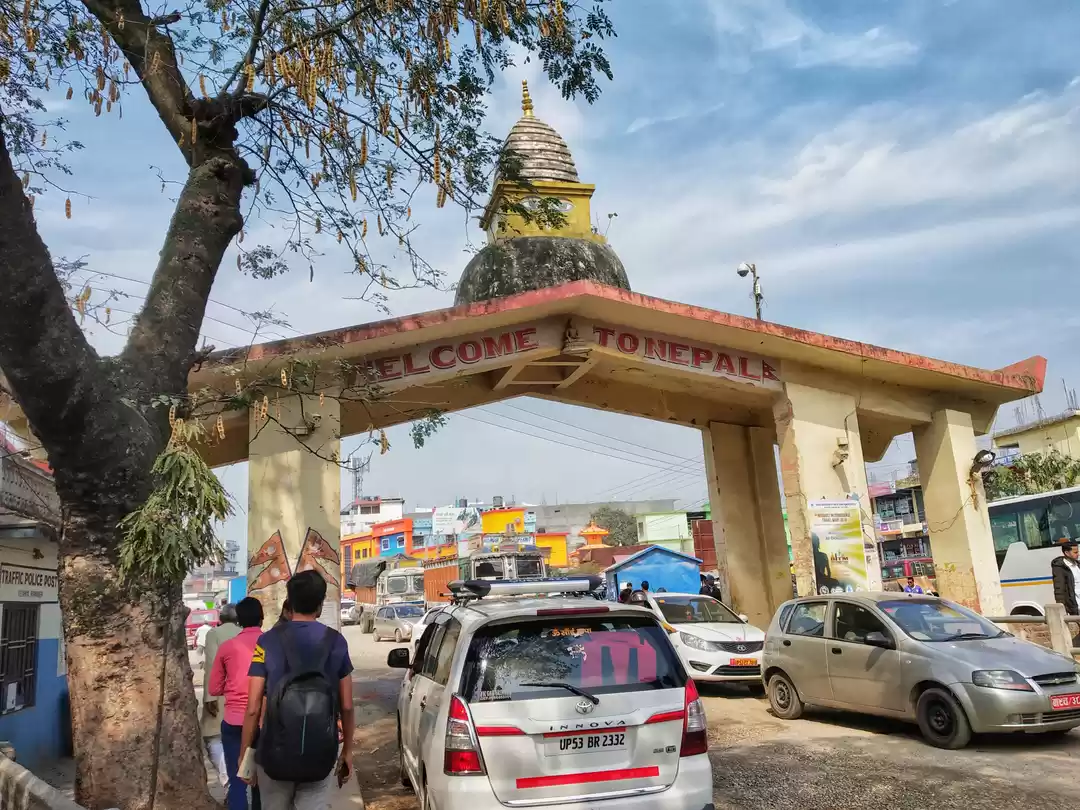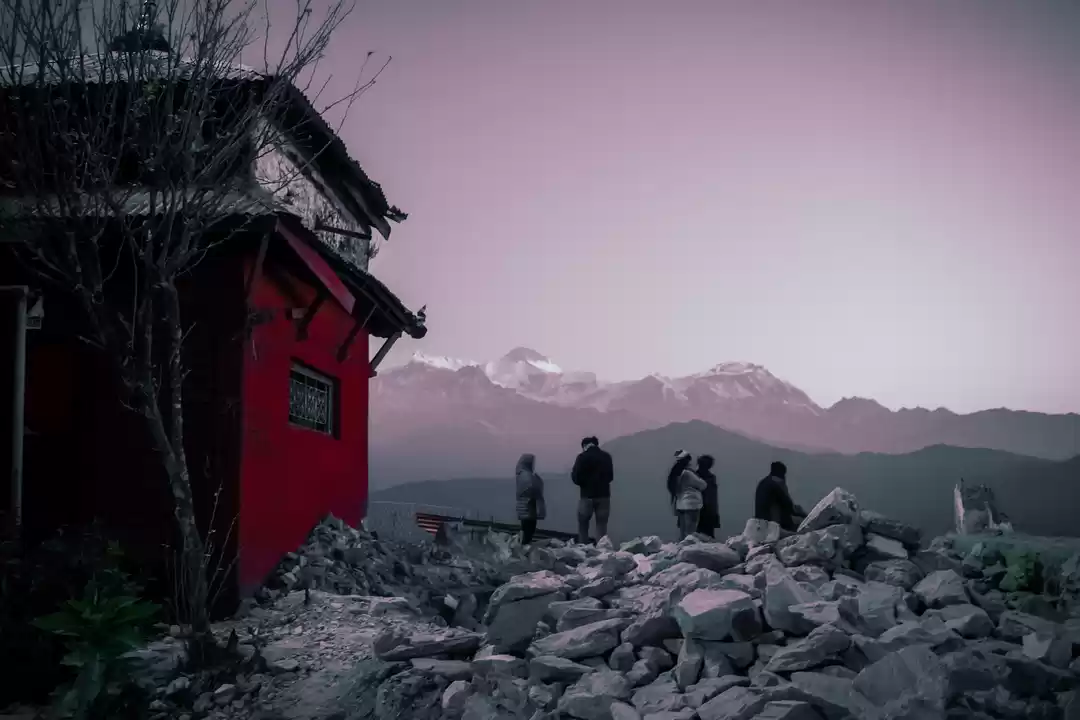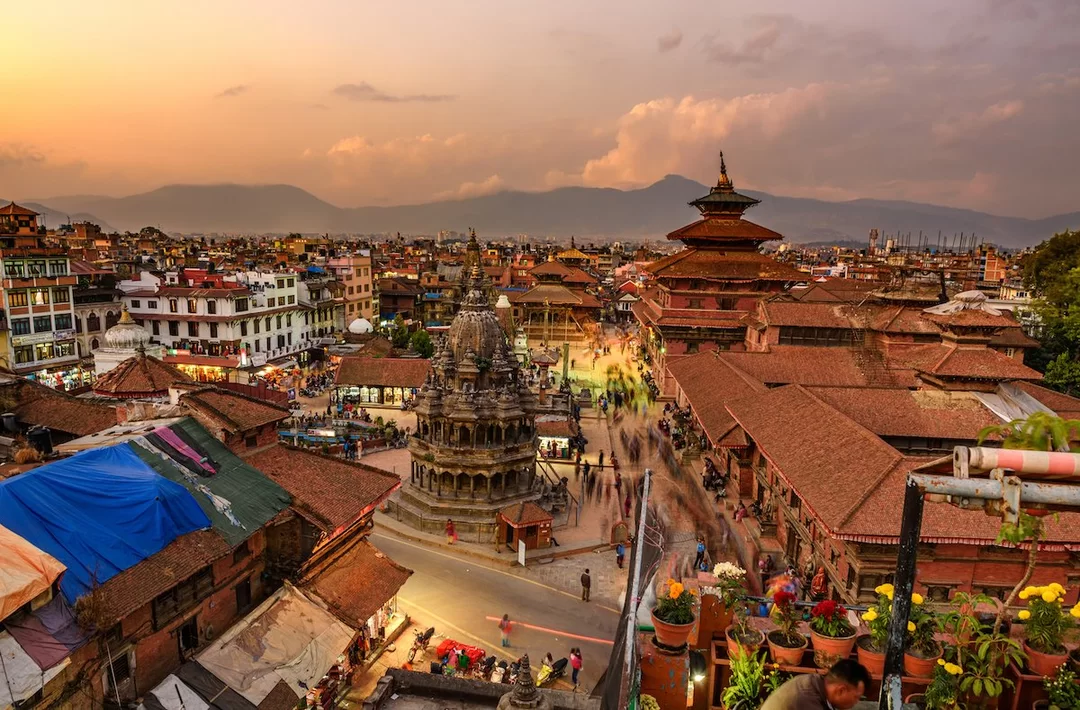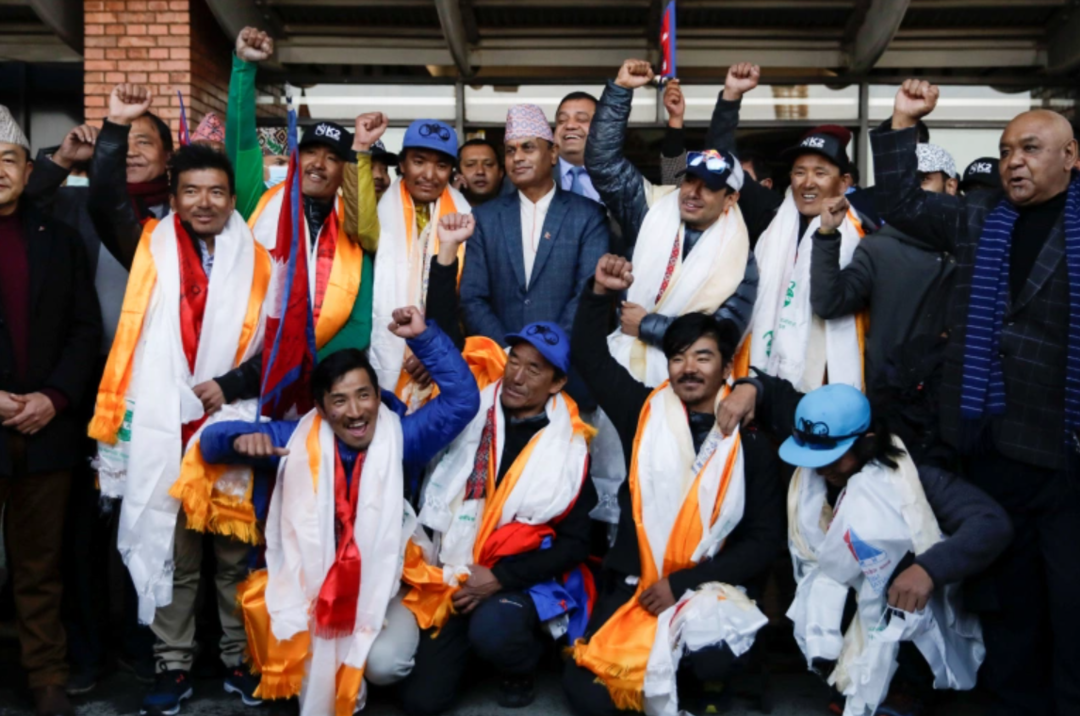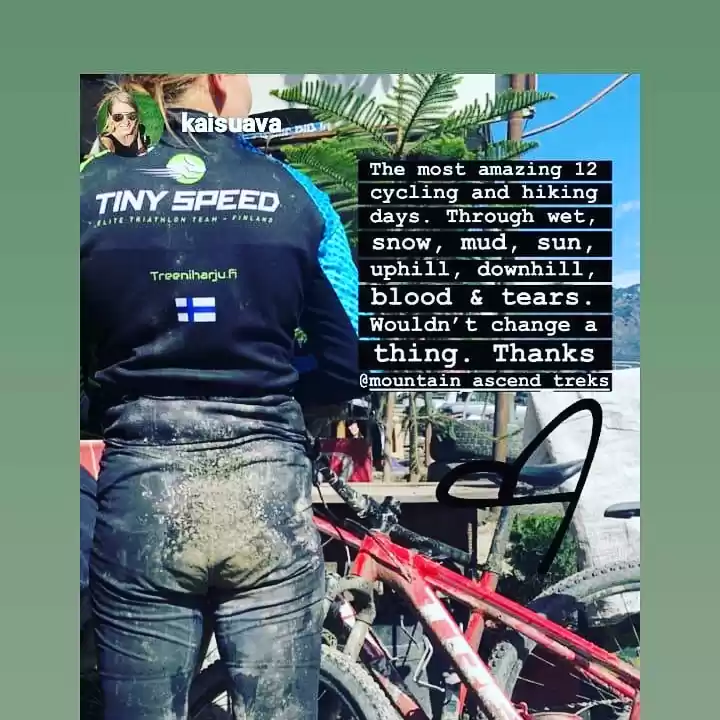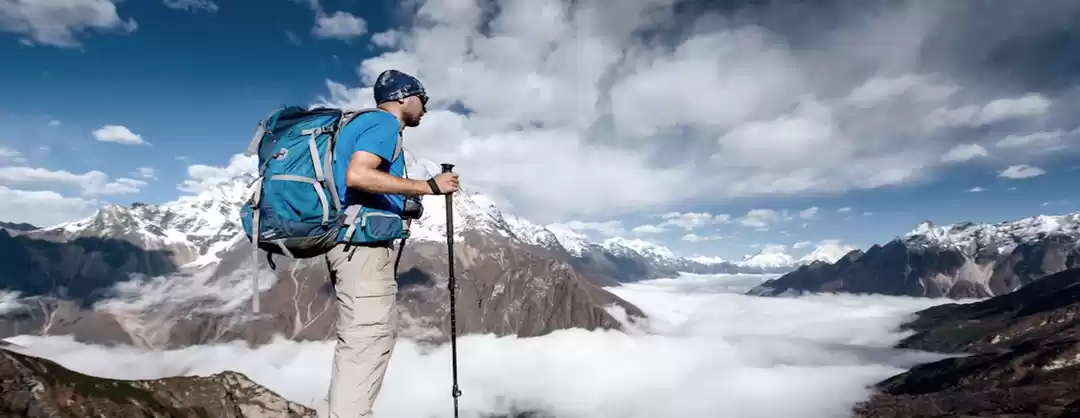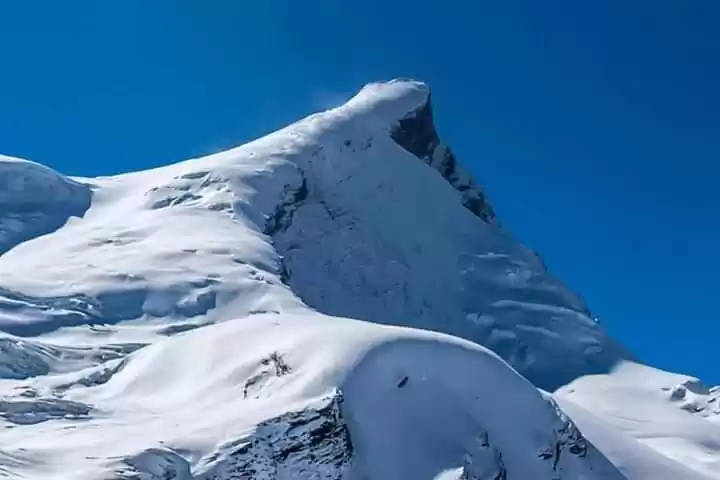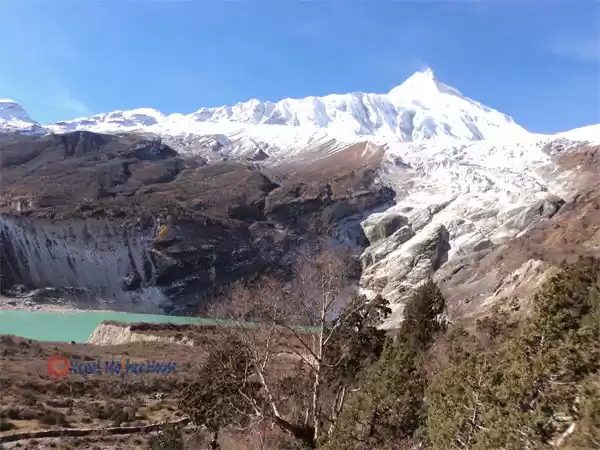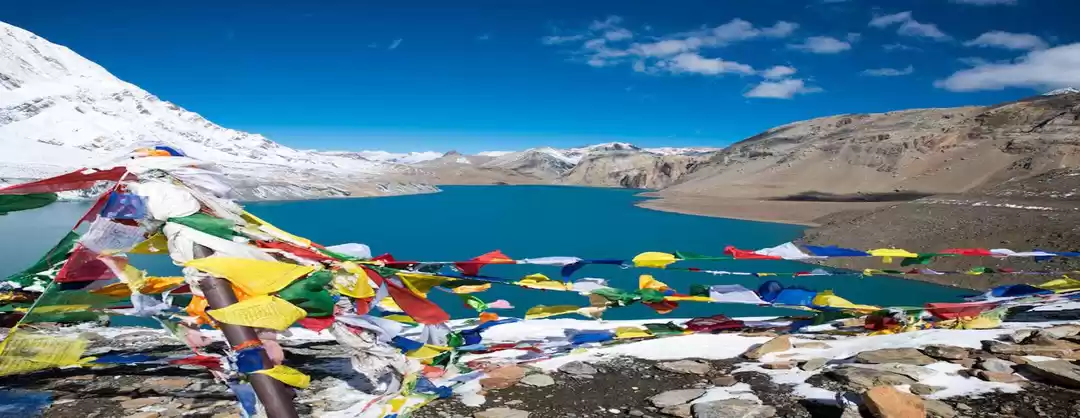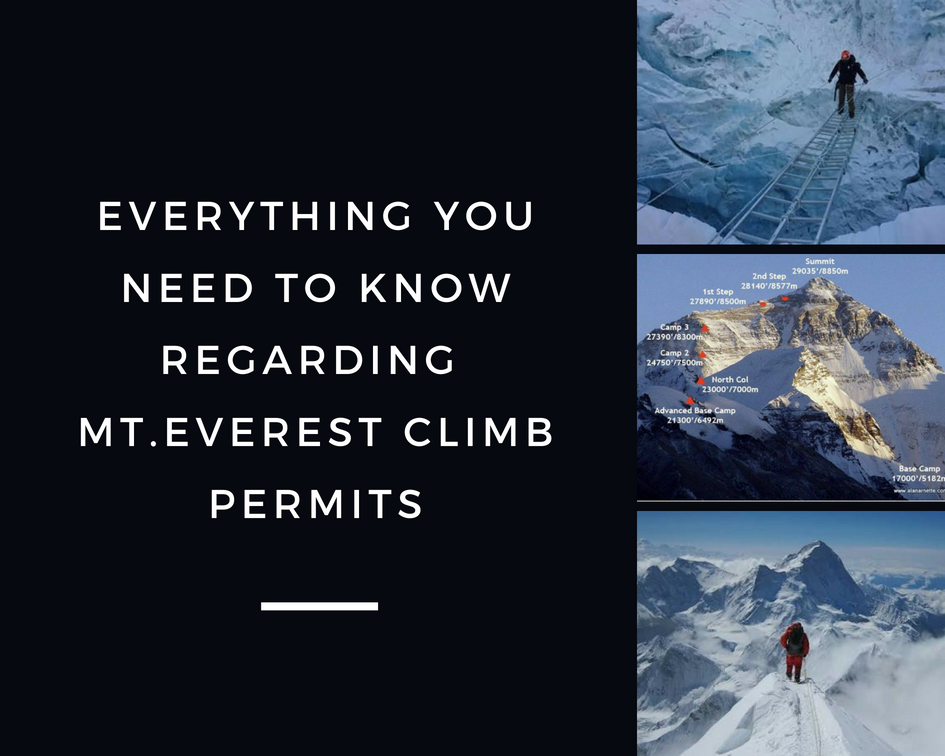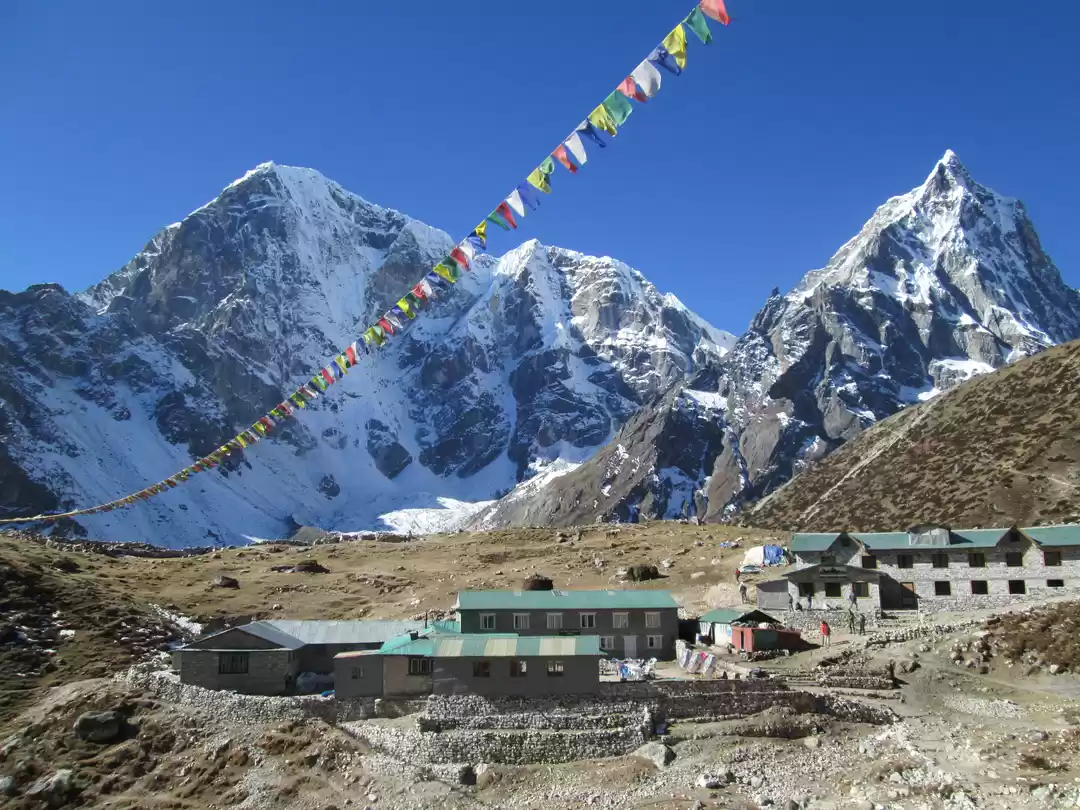Take an alphabetical journey of most frequently asked questions on Trekking in Nepal.

A. Regarding Tourist VISA
B. Regarding Travel (Adventure Travel) Insurance
C. Regarding Food & Accommodation
D. Regarding Altitude Sickness
E. Regarding Trek Permits (Restricted & Non-restricted zones)
F. Regarding Emergency Rescue & Health Care
G. Regarding Trek Training
H. Regarding Gears & Equipment
I. Regarding the use of Electrical Devices
J. Regarding types of Trek
K. Regarding Seasons & Temperature
L. Regarding Local Currency and Payments
M. Is It Safe To Trek In Nepal?
N. Do's And Don’ts
O. How can you go trekking in Nepal without booking from tourist companies?
P. Can Indian people work in Nepal as a trekking guide?
Q. What Are Toilets Like On The Treks?
R. What Is The Difference Between An Open Group Trek And A Private Trek?
S. What is a typical group size?
T. How do you make trekking in Nepal easy and cheap?
U. Where can you find an outdoor equipment list for trekking in Nepal?
V. How much luggage can you take on domestic flights?
W. How much should you tip the guide and porters?
X. Do the guides speak English & have first aid training?
Y. Are passports required for an Indian to travel from India to Nepal via a flight?
Z. How to communicate if there’s an emergency?
A. Regarding VISA

Tourist Visa for Nepal can be obtained from the Nepalese embassy located in your country or on arrival at Tribhuvan International Airport (TIA) of Nepal. Foreigners, except Indian nationals, must apply for tourist VISA prior arrival in Nepal. Do not forget to bring multiple copies of Passport sized photos while applying for the VISA and later for trek permits.
Multiple entry 15 days = US $30 or equivalent convertible currency.
Multiple entry 30 days = US $50 “
Multiple entry 90 days = US $125 “
The fee is paid in cash (this is payable in any major currency but Travelers check).
−Online VISA application−
The Nepalese government has recently facilitated VISA application online, since January 1, 2014, therefore, any interested candidate can apply for it online via http://www.nepalimmigration.gov.np/page/tourist-visa You must submit all your essential details online, where, You shall be handed a Coupon which you must submit at TIA to receive your VISA. Your info will remain in the online database for only 15 days, a deadline to claim your VISA at TIA, with all the necessary documents in handy. Read Full Article
B. Regarding Travel (Adventure Travel) Insurance

Travel Insurance is mandatory for everyone travelling outside their country. Your insurance must include adventure travel and sports and cover emergency rescue operations or helicopter lift-offs when needed. Along with adventure travel insurance, it also must cover personal accidents, medical expenses and personal liability.
The trek provider shall ask for a copy of your travel insurance before offering you a trek Or during/after the booking. Ensure you carry your policy number and emergency telephone number for your insurance company throughout the trip. If this is unavailable please ensure you provide us with the necessary information required by your Insurance Company in case of an emergency
C. Regarding Food & Accommodation
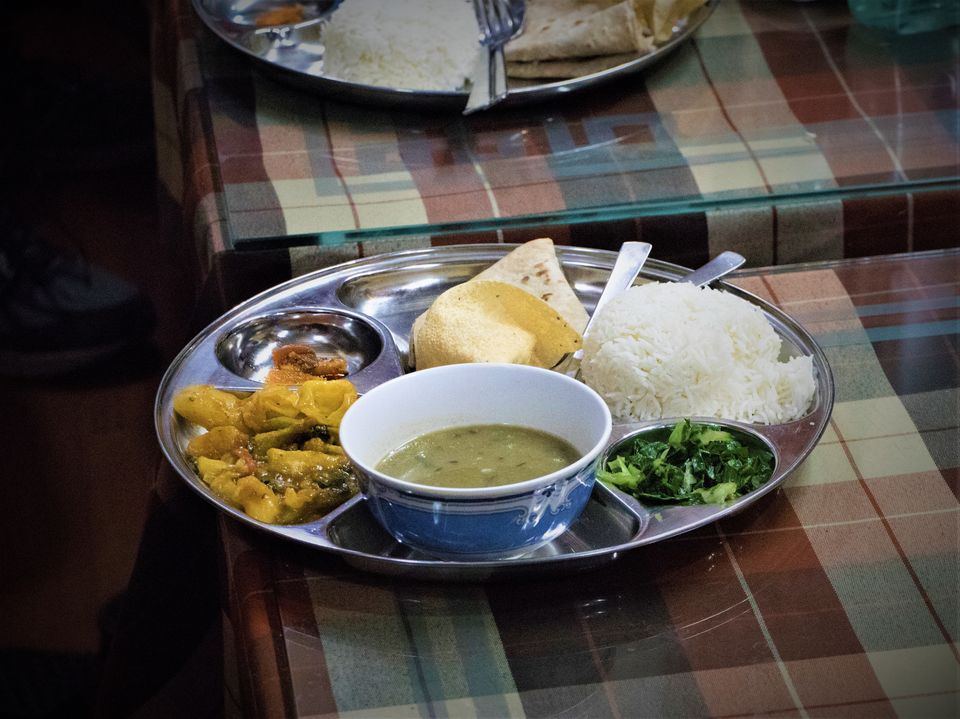
Food –Rice and Lentil, popularly known as Dal Bhaat, is the staple diet of most Nepalese. Rich in proteins and carbohydrates, Dal Bhaat can be eaten anytime during a day. Along with many other ethnic dishes, Nepal hosts the finest array of international cuisines; American, Thai, Chinese and Continental etc, along with fast food which is commonly found in every corner of Kathmandu. KFC, Pizza Hut and Baskin Robbins are some of the international franchises available in Nepal. The areas outside Kathmandu may rarely offer joints for fast food, however, the tea-houses and lodges located on the trek trail do offer western meals, delicious and according to your palate. Oats, Muesli, Roast, Pizza, Pancakes and sandwiches are commonly found in almost every trek trail. Coffee and Tea are commonly sold and drank in Nepal
Accommodation –Accommodations in Kathmandu may vary, from lodges (Cheapest) to Star Hotels (Expensive). Star Hotels may not be found outside Kathmandu, however, quality hotels and lodges are easily accessible. Hotel Yak n’ Yeti, Hotel Annapurna and Hotel Dwarika are some of the most popular 5-Star downtown hotels in Kathmandu. Accommodations costing only $7-$10 per night can also be found in and outside Kathmandu.
D. Regarding Altitude Sickness
Altitude Sickness or Acute Mountain Sickness (AMS), Altitude Sickness, Hypobaropathy is a medical condition occurring at an altitude 2,500 - 3,000 meters (8,202 - 9,842 feet). It is common in the high altitude regions of Nepal which generally are located above 3,000 meters. It’s a flu-like syndrome causing low air pressure or lack of oxygen into the bloodstream.
The best remedy for AMS is taking Diamox, an anti-AMS pill, before climbing the prescribed altitude. It’s strongly suggested to descend immediately if primary symptoms of AMS are seen.
Other remedies can be, acclimatizing before ascending to the threatening attitude and sustaining more on fluids and liquid-rich diets.
Acute mountain sickness can progress to high altitude pulmonary edema (HAPE) or high altitude cerebral edema (HACE), which are potentially fatal. Chronic mountain sickness, also known as Monge's disease, is a different condition that only occurs after very prolonged exposure to high altitude. Wikipedia
−Primary symptoms of AMS−
Headaches are the primary symptom of altitude sickness, although it also can be a symptom of dehydration. A headache occurring at an altitude higher than 2,500 m (8,000 feet = 76 kPa), combined with any one or more of the following symptoms, may indicate altitude sickness:
Lack of appetite, nausea, or vomiting
Fatigue or weakness
Dizziness
Insomnia
Pins and needles
Shortness of breath upon exertion
Nosebleed
Persistent rapid pulse
Drowsiness
Excessive flatulence
General malaise
Peripheral edema (swelling of hands, feet, and face)
−Severe symptoms−
Severe symptoms may indicate life-threatening altitude sickness include:
Pulmonary edema (fluid in the lungs)
Symptoms similar to bronchitis
Persistent dry cough
Fever
Shortness of breath even when resting
Cerebral edema (swelling of the brain)
Headache that does not respond to analgesics
Unsteady gait
The gradual loss of consciousness
Increased nausea
Retinal haemorrhage
E. Regarding Trek Permits (Restricted & Non-restricted zones)

You must obtain a trekking permit before considering to trek in Nepal. It can be obtained from the trek provider, and the cost is generally included in the trek package itself.
a. Non-restricted Zones
Non-restricted zones in Nepal are the commercially opened and accessible regions of Nepal where you can trek at any time of the year without any restrictions.
Obtaining a trek permit for non-restricted zones is quite easy. Any trek company you sign you with will obtain and submit a trekking permit on your behalf. Annapurna, Everest and Langtang are some of the most popular non-restricted trek regions in Nepal.
b. Restricted Zones
Restricted zones in Nepal are highly restricted regions, controlled and monitored by the Nepalese government and local officials to conserve and preserve local culture, arts, traditions, wildlife or natural reserve etc. Trekking in such areas requires a special permit which can be obtained through certified trek providers only, however, obtaining one can be tough, as it is limited and expensive. Upper Mustang, Upper Dolpo, Lower Dolpo, Tsum valley and Kanchenjunga are the restricted regions in Nepal.
F. Regarding Emergency Rescue & Health Care
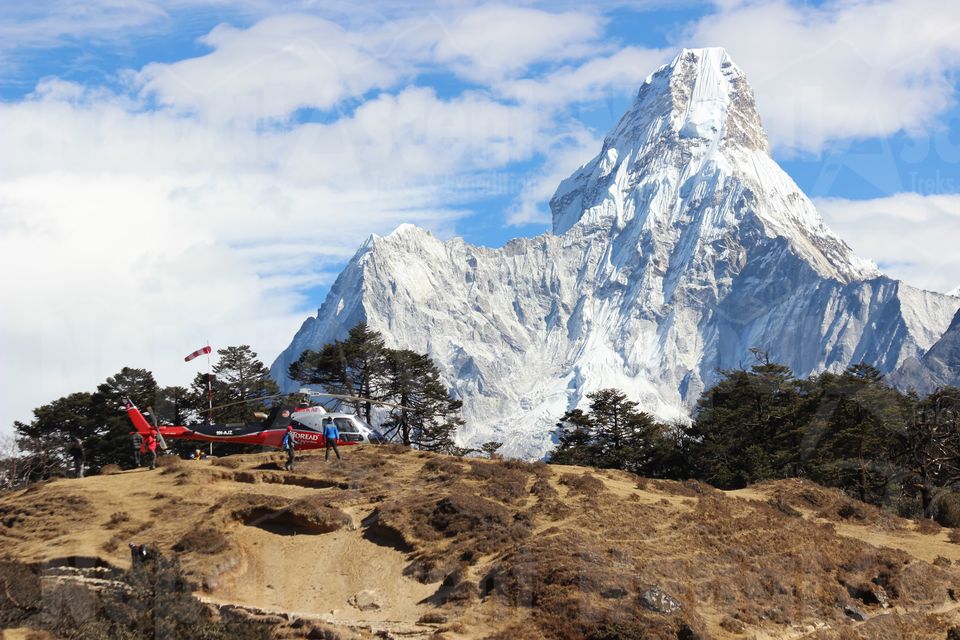
Emergency rescue is conducted throughout Himalaya in case of any accidents and or sudden health deterioration. Helicopter rescue missions in such cases are covered by the insurance, however, you must check with your insurance provider for it.
Heli-rescue ensures that you are rescued safely and admitted in the nearby hospital immediately for medical relief.
G. Regarding Trek Training
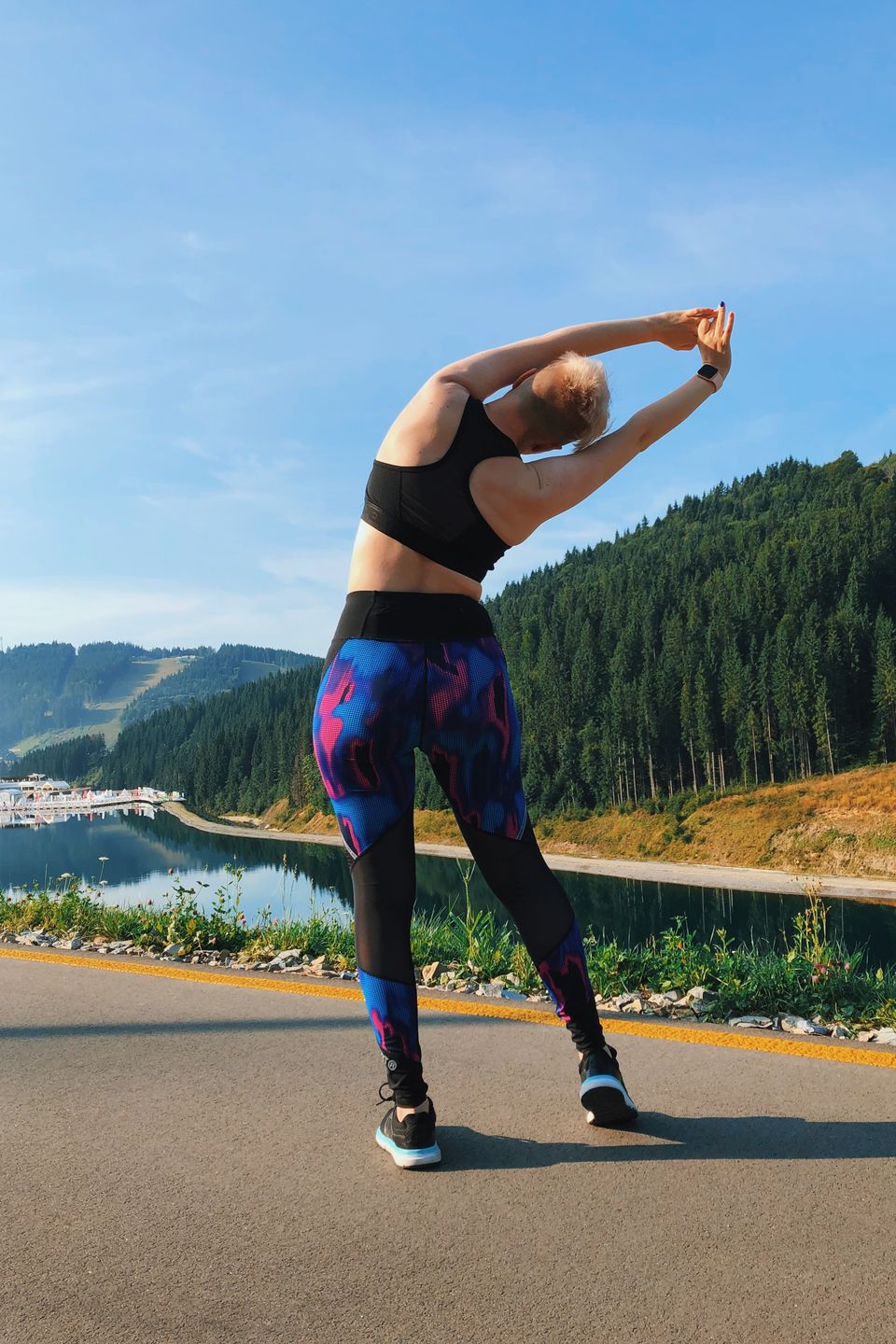
Training for a trek is essential to ensure good hygiene and physiological condition during the trek. Trekking, in general, requires weeks of continuous walking, almost 6-7 hrs a day. Making oneself fit for a trek becomes essential to deal with continuous fatigue, lag and other physical/mental harms.
Some of the most recommended Pre-trek training are;
✒️ Walking Lunge
✒️ One-leg balance
✒️ Squat with pole
✒️ Slow walking
✒️Bosu lungs
✒️ Step-downs (Full list of training guidelines)
H. Regarding Gears & Equipment

Gears and equipment are essential for any trek. The insufficient gears or equipment could prove disastrous or great harm during the trek. To ensure a stress-free trip, you must buy required gears beforehand. ( Essential Trekking gears checklist)
A local outfitter in Thamel
Some of the most basic trek requirements are (For both low and high altitude treks);
Thermals
Fleece
Trek shoes
Down Jackets/Trousers
Cap, Gloves, Water bottles
Anti-radiation glasses
Walking stick
Backpack
Sleeping bags, etc
I. Regarding Electrical Devices
Electrical appliances use 220-240 volts and 50 MHZ of power to operate in Nepal (Some countries use 110-120 volts of electricity, and accept very specific shaped plugs.) If your appliance's plug doesn't match the shape of these sockets, you will need a travel plug adapter to plug in. These adapters help fit your appliances in any socket.
J. Regarding Types of Trek
a. Tea-house Trek

Tea-house trek is commonly done throughout Nepal, which is accessed by staying and lodging in locally available lodges on the trail. The cost of tea-house trekking is lower than organized treks and can be done at any time of the year with less or no planning.
Some of the advantages of the tea-house trek are;
➡️ Socializing with fellow trekkers and locals.
➡️ Relishing locally prepared meals.
➡️ Sleeping inside a room with a bed and blankets.
➡️ Suits intrepid trekkers.
b. Camping (Organized)
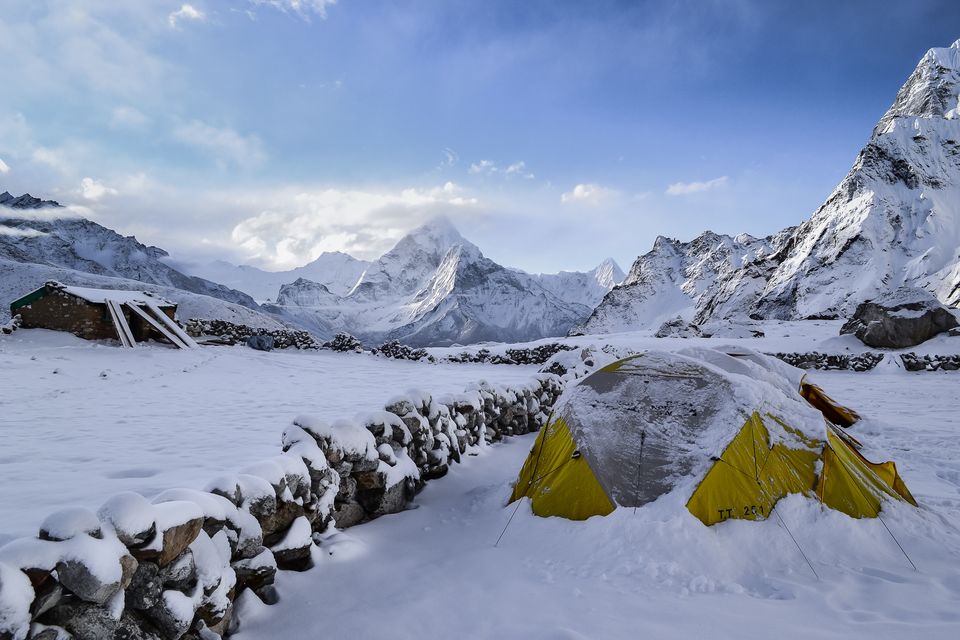
Camping or organized trek is conducted mainly in the least explored or remote trails of Nepal. Generally conducted for a group with 2 or more people, camping is not necessary in popular trek trails such as; Annapurna, Everest and Langtang, which boasts numbers of established tea-houses and other options.
K. Regarding Seasons & Temperature
a. Seasons
There are 4 different types of the season in Nepal; Spring, Summer/Monsoon, Autumn and Winter, where Spring (Pre-monsoon) and Autumn (Post-monsoon) are considered the best seasons for trekking.
Most of the trekkers consider taking a trip during post-monsoon (clear weather and clean trails), therefore, raising the inflow of tourists and traffic on the popular trek trails.
(Best climates in Nepal for trekking)
b. Temperature
It varies. Spring remains warm and cosy throughout Nepal, Summer/Monsoon brings rainfall, Autumn is accompanied by warm days and colder nights with some snowfall in higher altitudes and Winter is cold in lower altitudes and coldest in the higher regions with snowfalls.
Terai (the lowlands of Nepal) remains hot and dry almost throughout the year, with little rainfall during monsoon. Hills (Midlands) are generally warm, with cold during winter. Himalaya (Highlands) is cold throughout the year, but warm days are assured during Spring and Summer.
It's also possible to trek during winter.
L. Regarding Local Currency and Payments
National currency or the local currency of Nepal is Rupee [denomination: Rs.] which is equivalent to approx. US $0.010526316. The rupee is used throughout Nepal, with Indian currency prevalent in many Terai regions of Nepal.
Local trade is carried out in Rupees. You are suggested to convert your currency into local currency, once you arrive in Nepal, through certified Money Exchange outlets located in Kathmandu, and carry the same during the trek, as exchanging foreign currency in remote Himalaya regions can be next to impossible.
M. Is It Safe to Trek In Nepal?
It'd be wrong to say that Nepal, like any other country, is the safest destination for the tourists. Nepalese are kind hearted and supportive, and pleasing the foreign tourists is their foremost desire, however, there are always some worst elements in the society which pleasures on harassing and abusing others. It's recommended by the Nepalese government to be accompanied with a guide along the trek or tour in any part of Nepal. Applying for a TIMS Card (Tourists' Information Management System) is a must while trekking. Mahabir Pun has recently launched an E-tag to help track and rescue lost trekkers, therefore, you can sign up for one too. There have been instances when tourists have lost their way, found physically abused and looted, therefore, taking precautions is a must.
N. Do's and' Don’ts
Don’t forget to take a guide as accompaniment during the trek. (Note: It’s been made compulsory by the Nepalese government for tourists to be accompanied by a guide during the trek).
➡️ Bring along your Camera.
➡️ Buy local curios and help boost the local economy.
➡️ Learn basic Nepalese words and gestures.
➡️ Relish staple diet of most Nepalese, i.e. Dal Bhat (Rice and lentils).
➡️ Once arrived, do not forget to convert your currency to local (Rupees).
➡️ Share, promote or talk about Nepal with your family, friends and colleagues etc.
➡️ Never eat beef in front of Hindus & Buddhist because beef is strictly prohibited among both Hindus and Buddhists. Cows are sacred in Nepal.
➡️ Remove your shoes or slippers while entering someone’s resident (Not applicable in the public places).
O. How can you go trekking in Nepal without booking from tourist companies?
For this purpose, you can do a lot of research then & plan according to your time and money. Usually, packages in trekking companies are designed to focus on lengthening your travel time.
Here are the three key things you can do :
➡️ Research on route & Hotels
➡️ Gather your travel permits
➡️Purchase tickets through airline offices instead of travel agencies
P. Can Indian people work in Nepal as a trekking guide?
Some guides can work as a freelance. However, to work as a trekking guide, you need to learn Nepali language & obtain a trekking guide license issued by the Nepal Tourism Board to accompany your trekkers on the trekking routes.
Q. What Are Toilets Like On The Treks?
In Nepal, the toilet facilities are mostly basic but adequate. The toilets are facilitated with water available for flushing probably with tub or jug. Most of the trekking trails have western toilets as well. However, it's a good idea to take toilet paper with you.
R. What Is The Difference Between An Open Group Trek And A Private Trek?
Open group treks often run on the scheduled itineraries & dates while private treks can be organized on special request - any route & any dates. Additionally, private treks offer a lot of flexible options like walking at your own pace, camping overnight at EBC, Helicopter treks & other sightseeing activities. (Normal Vs Luxury Lodge Trek)
S. What is a typical group size?
The typical Group size ranges from 2 to 10. However, for any number of pax, the trekking companies can sort accommodation for you.
T. How do you make trekking in Nepal easy and cheap?
To save money you can apply the following techniques:
➡️ Skip flights & take an overland tours
➡️While on the trek you can use public transport instead of private vehicle
➡️ Hire freelance local guides instead of travel or trekking agents.
➡️ Undertake GAP Tour (guide & porter only service) instead of booking the whole package.
➡️Order Dhal-Bhat on your trek. It's available all the time in Nepal & it's relatively cheap too
➡️ Bring steel thermos to store water. Take pills to purify water. No need to purchase drinking water. Take a drive at night for long journeys to save you one day time & 1-night Hotel cost
➡️ You can stay at Hostels in cities while Homestays during the trek.
U. Where can you find an outdoor equipment list for trekking in Nepal?
Its wise idea to bring equipment of your own- be it the trekking boots or any other items you need daily. It's not necessary to buy everything while you arrive in Nepal. However, you may need to buy certain things: Best outdoor equipment shop in Thamel are
Red Fox
Location: Narayanhiti Path, Lal Durbar Marg
Sherpa
Location: Narayanhiti Path, Lal Durbar Marg
North Face
Location: Tridevi Sadak, Thamel
Black Yak
Location: Tridevi Sadak, Thamel
V. How much luggage can you take on domestic flights?
While on mountain flights, you are allowed to take 15 kg weight.
5 kg hand carry & 10 kg for checked-in luggage. On normal domestic flights, you are allowed to carry 20-25 kg of weight.
W. How much should you tip the guides and porters?
Tipping guides & porters are not compulsory but it's expected. It depends on how happy you are with the service. Drivers, Guides & Porters are typically provided with a tip at the end of your service.
For trekking guide, the general tipping is around $10 to $15 USD
Porter: $5-$10
Tour Guide: $10-$15
Driver: $5-$10
Note: Tipping also depends on the length of the trek
X. Do the guides speak English & have first aid training?
Yes, In Nepal Most of the guides are familiar with English & Hindi Languages. Only licensed guides have the authority to join as the leader so, It's a requirement that they all are trained in first aid. Guides always carry First aid kit in case of emergencies
Y. Are passports required for an Indian to travel from India to Nepal via a flight?
Nepal and India have open borders and one can easily access each territory without any hassle. If you are Nepali or an Indian citizen, you don't need a passport to travel from Nepal To India & vice versa. However, you need to have a valid National card-Citizenship or Adhar card. If you are from any other country you must have a passport.
Z. Where to store extra luggage while trekking?
You can store your extra luggage at your hotel (most of Kathmandu's hotels have storage facilities).



